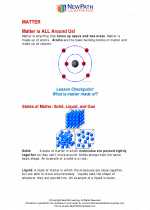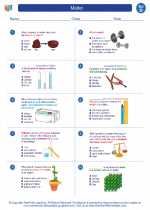Key Concepts in Cosmology
1. The Big Bang Theory
The Big Bang theory is the prevailing cosmological model for the observable universe. It suggests that the universe began as a hot, dense point and has been expanding ever since. This theory explains the observed redshift of distant galaxies, the cosmic microwave background radiation, and the abundance of light elements in the universe.
2. Expanding Universe
Observations of distant galaxies have shown that the universe is expanding. This means that the galaxies are moving away from each other, and the space between them is increasing. The expansion of the universe is a key concept in cosmology and is supported by various lines of evidence, such as the redshift of galaxies and the cosmic microwave background radiation.
3. Dark Matter and Dark Energy
Dark matter and dark energy are two mysterious components that make up the majority of the universe's mass-energy content. Dark matter does not emit, absorb, or reflect light, but its presence is inferred from its gravitational effects on visible matter. Dark energy is a hypothetical form of energy that is causing the acceleration of the universe's expansion.
4. Formation of Structure
Cosmology also seeks to understand how large-scale structures, such as galaxies, galaxy clusters, and superclusters, formed in the universe. The distribution of these structures provides insights into the early universe and the processes that led to the formation of cosmic structures.
5. Cosmological Models
Cosmologists develop mathematical models to describe the behavior and evolution of the universe. These models incorporate various factors, such as the presence of dark matter and dark energy, the curvature of space, and the initial conditions of the universe. The study of cosmological models helps scientists refine their understanding of the universe's history and future.
6. Observational Techniques
Cosmologists use a wide range of observational techniques, including telescopes, cosmic microwave background experiments, and large-scale surveys of galaxies, to gather data about the universe. These observations provide crucial evidence for testing cosmological theories and models.
.◂Science Worksheets and Study Guides Fourth Grade. Matter

 Worksheet/Answer key
Worksheet/Answer key
 Worksheet/Answer key
Worksheet/Answer key
 Worksheet/Answer key
Worksheet/Answer key
 Worksheet/Answer key
Worksheet/Answer key
 Vocabulary/Answer key
Vocabulary/Answer key
 Vocabulary/Answer key
Vocabulary/Answer key
